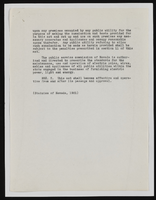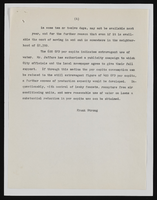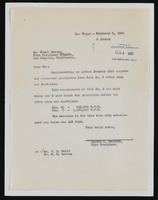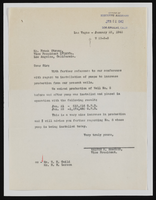Search the Special Collections and Archives Portal
Search Results
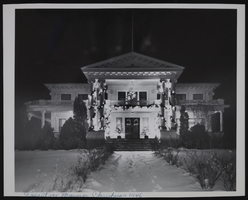
Governor's Mansion, image 003 of 005: photographic print
Date
1946-12
Description
Governor's Mansion decorated for Christmas.
Image
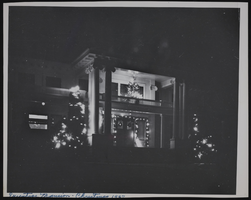
Governor's Mansion, image 004 of 005: photographic print
Date
1947-12
Description
Governor's Mansion decorated for Christmas.
Image
Pagination
Refine my results
Content Type
Creator or Contributor
Subject
Archival Collection
Digital Project
Resource Type
Year
Material Type
Place
Language
Records Classification

